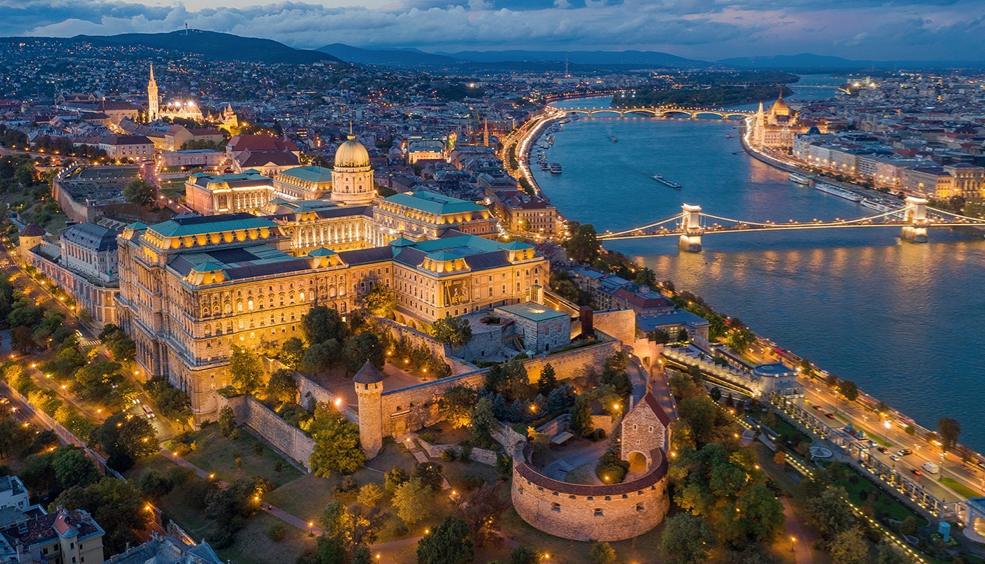The most beautiful village in England
It’s clear that to add the most before an adjective always brings a certain controversy. Even more if it’s about choosing the most beautiful village of a country. In this decision, several factors are kept in mind such as its artistic and historic heritage and the landscape that surrounds it. To this effect, its citizens, associations and institutions make an effort and put all their determination in embellish it, because it will affect favourably in attracting tourism and its develop.
In Spain, the association Los pueblos más bonitos de España makes its selection choosing between the most isolated, in the mountains, or the historical, or the beautiful villages bathed by the Mediterranean Sea or the Cantabric Sea. Towns like Ronda in Málaga, Vejer de la Frontera in Cádiz, Cangas de Onís or Cudillero in Asturias, Altea in Alicante, Albarracín in Teruel, Úbeda in Jaén, Priego de Córdoba in Córdoba, Comillas in Cantabria, Laguardia in La Rioja or Alquézar in Huesca never miss these rankings.
In France, the association Les plus beaux villages de France has its own list, where villages like Pesmes, Eguisheim, Yvoire, la Grave, Saint-Suliac, Parfondeva, Josselin, Monte Saint-Michel o la Roque-Gageac are the highlights.
In Italy we have a multitude to choose amongst the little villages distributed all over the Tuscany, the colorful towns in the South, Vernazza or Manarola in Cinque Terre, San Gimignano or Tropea in the Calabrian coast, not to mention its fairytale charming villages that spread Germany or Switzerland.
In England also exists this interest to get declared the most beautiful town. Per se, the picturesque English countryside is an excelent frame, with beautiful landscapes and splendids medieval towns with an enormous historical value.
In the area of Cotswolds there are huge pile of them, so it is difficult to decide for one. Perhaps a good candidate to gain such valued title seems to be Knaresborough. It’s a town with medieval origins that was, for a long time, a spa town for the burgeoisie, in the county of North Yorkshire, at the north-east of England.
It keeps excellent historical monuments, like Knaresborough Castle, the viaduct over the Nidd river, passages that surround you in mistery and its houses, squares and stone stairs, which weave a path through the river until the peak of the hill.
We can also approach to Shanklin, a little village in the east coast of the Wight Island, that was an usual beach destiny during the Victorian epoch. What makes it so special are its vegetable roofs which give particular charming and a kind of rustic air.
Its sand beaches that continues beyond Desando and Shanklin, the Victorian pier, the picturesque defile that leads until the old beach and its old quarter, where the old methods of building roofs are preservated, make this town a solid candidate of the most beautiful town in England.
But, apparently, the prize is shared between Bibury and Castle Combe. The secret of the charming of Bibury, in Gloucestershire county, lies in its stone houses and its loftly roofs. Also the natural landscape of the town, surrounded of streams and ponds.
That’s how the poet and artisan William Morris thougt it, who baptised it years ago as the most beautiful town in England. And so The Huffington Post, that named it in the ranking of "The Most Charming Towns In Europe You'll Want To Visit ASAP".
On the other handm Castle Combe has been the setting of lots of movies, such as Steven Spielberg’s War Horse or Matthew Vaughn’s Stardust, among others. And it’s not of coincidence. Castle Combe is placed very close from the Cotsworlds Capital, Cirencester, a series of hills that crosses the south-east and west zone of England.
All the zone stands out for its natural beauty and this town has shown worthy of be one of the most beautiful places. Without any discordant in its architecture and by its charming and the peace that one can breath, Castle Crombe conquers everyone that visits it.
But, as there’s no accounting for taste, the best way to choose is go to England, take a look and decide for oneself.
Picture Castel Combe by Saffron Blaze
Makes you want to go, right? Do it! Check out our prices here!
more info10 PLACES TO GO WITH KIDS IN SPRING
A selection of family-friendly countries in Europe which are perfect for visiting with the kids this spring, by Mammaproof.
more info4 ROMANTIC DESTINATIONS TO SWEEP YOUR PARTNER OFF THEIR FEET
Whether to celebrate Valentine's Day or an anniversary, or simply to give your partner an amazing gift, here are some ideas for a romantic getaway.
more info



